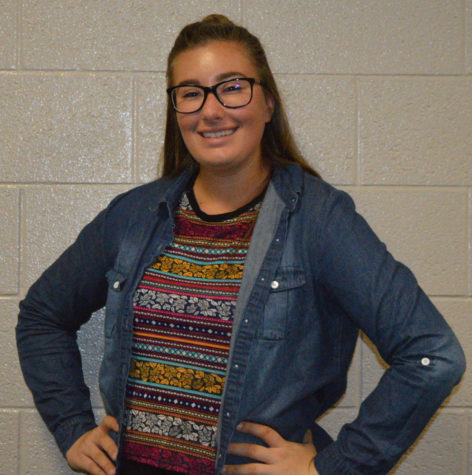Beating the beast
May 5, 2016
Photo provided by Isaac Asberry
Students at NHS share their encounters with cancer and how it has impacted their lives
Cancer: the silent killer. It is the second leading cause of death in America. Cancer. It can be a reason to be selfish.
Sophomores Rachel Northam and Isaac Asberry have both battled and conquered cancer. Northam has been cancer-free for almost four years while Asberry has been in remission for almost seven months.
Northam was diagnosed with Synovial Sarcoma in fifth grade. Synovial Sarcoma is one of the rarest types of cancer, most commonly occurring near the joints in the arms, legs and neck. It causes the growth of tumors in the soft tissue of the synovial membrane. Northam says she was very scared when she was first diagnosed.
“I was afraid that I wouldn’t make it,” Northam said.
Having cancer is already a scary situation in itself. But as a fifth grader going in and out of the hospital, it can literally be the end of the world: one in four children diagnosed with cancer in the United States do not survive.
Northam is one of the lucky ones.
“It’s made me value life more,” Northam said.
Northam battled cancer from fifth grade until the end of sixth grade. During this time, she spent much of her time going in and out of the hospital for treatment.
“I went five days [in the hospital] and then I went home for three days and then I went [back] for three days and then I went home for five days and back for five days again,” Northam said.
These cycles are common for cancer patients going through chemotherapy and radiation. Asberry shared a similar experience when he battled cancer.
Asberry was diagnosed with Hodgkin’s Lymphoma in ninth grade. Hodgkin’s Lymphoma is a type of cancer that compromises the body’s ability to fight off infections. For Asberry, the cancer attacked his lymph nodes and appendix and was mainly found in his abdomen.
“For my last day of chemo, I got really sick and I had to go to the hospital for a week,” Asberry said. “It was awful. The first day I was there it was really bad, then the rest of the time they were just trying to get my white blood cells up.”
Over the past 20 years of research, only three medications have been approved for the treatment of childhood cancer according to the American Cancer Society. This is part of the reason why cancer is the leading disease killer in children.
“Childhood cancers make up less than one percent of all cancers diagnosed each year which is about 10,380 children,” American Cancer Society representative Emily Keesling said. “So one percent doesn’t sound like a lot, but it’s 10,380 and those are children under the age of 15.”
Because the amount of children diagnosed with cancer is relatively small compared to the number of children living in the United States, Northam says that it is acceptable to worry about your own health instead of everything going on around you.
“I would tell [someone going through cancer] that it’s okay to be selfish,” Northam said with a smile.
Cancer, as Asberry explains, is just something that happens in life so you have to make the best of each situation.
“Bad things do happen, but you just have to keep your head up and hope for the best,” Asberry said.


